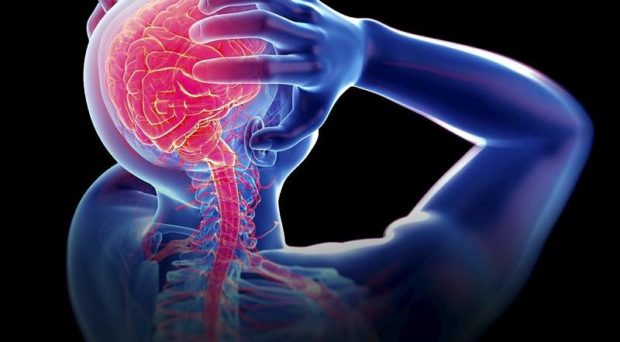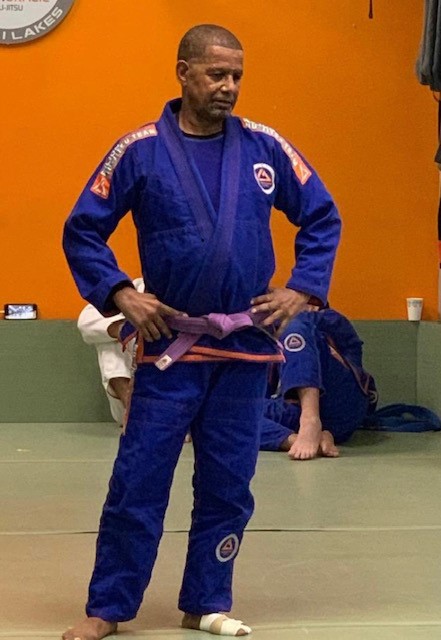Through Low-Impact Exercises—– Chronic pain is a common issue among seniors that can greatly affect their quality of life. Conditions like fibromyalgia and lower back pain can be particularly debilitating, making even simple daily tasks a struggle. However, there is hope for those suffering from chronic pain
particularly debilitating, making even simple daily tasks a struggle. However, there is hope for those suffering from chronic pain
The Big Questions
· What is senior chronic pain?
This question must be answered at the outset. It is most important to understand what you are dealing with before you can find any type of relief. I personally find the answer to this question for any problem that I have.
Senior chronic pain is often associated with conditions like fibromyalgia and lower back pain. Fibromyalgia is characterized by widespread musculoskeletal pain, fatigue, and tender points, while lower back pain can result from various factors, including age-related degeneration and muscle imbalances. Both conditions can lead to reduced mobility and an overall decline in health.
In this case, I referred to a great resource – the Cleveland Clinic website. I suggest you review this site first: https://my.clevelandclinic.org/health/diseases/4798-chronic-pain
· What is the best chronic pain relief and management?
After you have understood what chronic pain is, you naturally would want to seek relief. The most effective chronic pain relief and management strategies often involve a comprehensive, multidisciplinary approach tailored to the individual’s specific condition.
Firstly, it’s crucial to understand the underlying cause of the pain, as this can guide treatment decisions. For many individuals, a combination of approaches may provide the best results. This can include medication, such as nonsteroidal anti-inflammatory drugs (NSAIDs) or acetaminophen
Ø Medications:
-
- Nonsteroidal anti-inflammatory drugs (NSAIDs) such as ibuprofen or naproxen can help reduce inflammation and alleviate pain.
- Analgesics like acetaminophen may be recommended for pain relief without the anti-inflammatory effects.
Ø Topical Treatments:
-
- Applying topical analgesics or anti-inflammatory creams directly to the affected joint can provide localized relief. These may contain ingredients like menthol, capsaicin, or NSAIDs.
Ø Joint Protection Techniques:
-
- Using assistive devices, such as braces or canes, can help support and protect the joints. Proper body mechanics and joint-friendly techniques for daily activities can also reduce strain.
Ø Heat and Cold Therapy:
-
- Applying heat packs or cold compresses to the affected joint can help alleviate pain and reduce inflammation. Heat is generally more suitable for chronic joint pain.
· How can low-impact exercise provide the best relief?
As is the focus of this blog, lifestyle modifications like chronic relief regular exercise and physical therapy to improve strength and flexibility, and a healthy diet is a major factor.
As we have covered in most of our blogs, your commitment to address the problem and be honest with yourself plays the major part in any journey. Fitness is no exception. So, mind-body techniques, including mindfulness meditation and relaxation exercises, can also play a vital role in pain management by addressing the emotional and psychological aspects of chronic pain.
· The Importance of Low-Impact Exercises
Low-impact exercises are particularly beneficial for seniors with chronic pain. These activities offer the opportunity to strengthen muscles, improve flexibility, and reduce pain without putting excessive strain on the body. Two low-impact exercises that have shown great promise for pain relief are swimming and tai chi.
- Swimming: A Gentle and Effective Choice
Swimming is often recommended for seniors with chronic pain because it is an exceptionally low-impact exercise. I came back to swimming long ago back in my 30’s when I got an interest in scuba diving. While I rarely scuba these days, it is a skill that I’ll have going forward. But I kept swimming in my training regimen and enjot its benefits.
The buoyancy of the water reduces the gravitational force on the body, making it easier to move and exercise without causing strain on the joints.
As seniors, many of us have fond memories of learning to swim in our younger years. However, for various reasons, some  individuals may have drifted away from this activity, while others might face challenges in mobility due to physical issues associated with aging. Fortunately, there are alternative options available to promote physical activity and well-being.
individuals may have drifted away from this activity, while others might face challenges in mobility due to physical issues associated with aging. Fortunately, there are alternative options available to promote physical activity and well-being.
Ø Walking pools
Designed specifically for individuals with limited mobility, provide a supportive environment where seniors can engage in water-based exercises without the constraints of deep water. The buoyancy of the water reduces impact on joints, making it an ideal option for those with arthritis or other musculoskeletal conditions.
Ø Group aquatic exercises
Additionally, tailored for seniors offering a social and supportive setting. Led by trained instructors, these classes often incorporate gentle movements that improve  flexibility, strength, and cardiovascular fitness. Such water-based activities not only contribute to physical health but also provide a sense of community, promoting mental well-being and overall quality of life for seniors. Whether revisiting the joy of swimming or exploring these alternative aquatic options, staying active in the water can be a refreshing and inclusive approach to maintaining a healthy and active lifestyle in the senior years
flexibility, strength, and cardiovascular fitness. Such water-based activities not only contribute to physical health but also provide a sense of community, promoting mental well-being and overall quality of life for seniors. Whether revisiting the joy of swimming or exploring these alternative aquatic options, staying active in the water can be a refreshing and inclusive approach to maintaining a healthy and active lifestyle in the senior years
The benefits of swimming and aqautic exercises for senior (or any individual) chronic pain sufferers include:
- Muscle Strengthening: Swimming engages various muscle groups, helping to build strength and support the body’s frame. This can alleviate some of the stress on the joints and reduce pain.
- Improved Flexibility: The range of motion required for swimming movements can enhance flexibility, which is crucial for pain management in conditions like fibromyalgia and lower back pain.
- Pain Reduction: The water’s soothing effect can provide immediate relief to aching muscles and joints, promoting relaxation and comfort.
- Cardiovascular Benefits: Swimming is an excellent cardiovascular workout, which can boost overall health and promote weight management, reducing the burden on the joints.
2. Tai Chi: A Mindful Approach to Pain Relief
Tai chi is a mind-body practice originating from China that involves slow, flowing movements and deep breathing. I practiced Tai-Chi before I evolved into more combat based  martial arts. Another skill that got incorporated into my training lifestyle that I use when it becomes necessary. It is known for its calming effects and the following advantages for seniors with chronic pain:
martial arts. Another skill that got incorporated into my training lifestyle that I use when it becomes necessary. It is known for its calming effects and the following advantages for seniors with chronic pain:
- Enhanced Balance: Tai chi helps seniors improve their balance and stability, this is especially beneficial in reducing the risk of falls and further injuries.
- Pain Management: The gentle movements and stretches involved in tai chi can alleviate muscle tension and pain, particularly in fibromyalgia patients.
- Mental Well-Being: Tai chi combines physical activity with mindfulness, reducing stress and promoting relaxation. This can be particularly beneficial for individuals dealing with chronic pain conditions that are often exacerbated by stress.
- Social Interaction: Tai chi classes provide an opportunity for socialization, reducing feelings of isolation that can accompany chronic pain.
Conclusion
Seniors facing chronic pain, especially conditions like fibromyalgia and lower back pain, can find solace in low-impact exercises such as swimming and tai chi.
These activities offer numerous physical and mental health benefits while minimizing the risk of injury or exacerbating pain. It is essential for seniors to consult with healthcare professionals and fitness instructors who can tailor exercise programs to their individual needs and conditions.
With dedication and a consistent exercise routine, many seniors can experience significant relief from chronic pain and improve their overall quality of life. So, take that first step towards a pain-free, active lifestyle, and embrace the soothing embrace of the water or the mindful flow of tai chi.
Your body will thank you.


